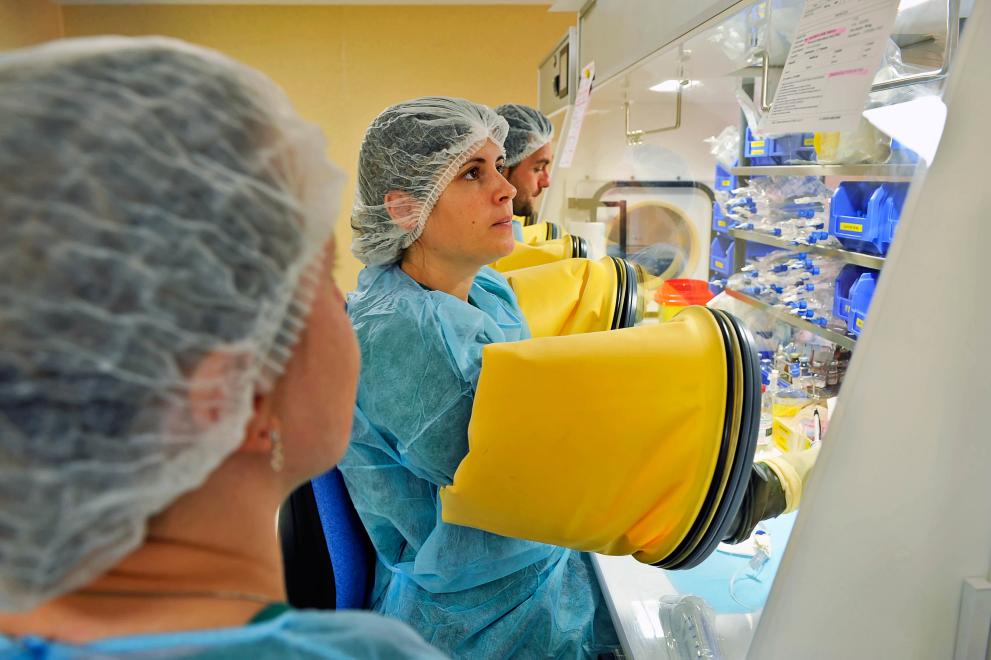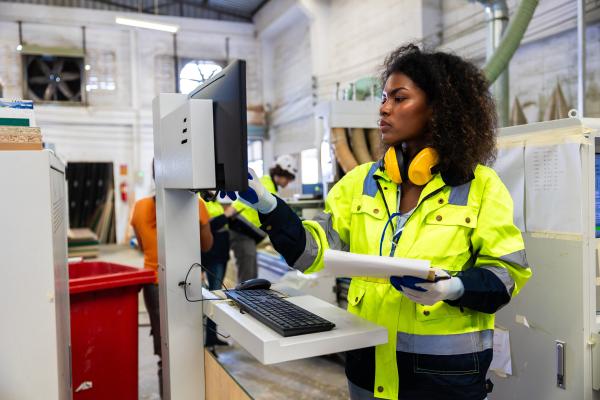
Although women still have lower employment rates than men and tend to be more present in low-paid jobs, their labour market situation is improving rapidly. A new study covering 17 EU and non-EU developed and developing economies, together accounting for more than a third of the global workforce, reveals significant and generalised gains for women in employment, both in terms of number of jobs and in the quality of positions over the last decades.
Findings also reveal that job upgrading (employment growth being more intense in high-paid occupations) is the most commonly observed pattern of occupational change on a global scale, rather than job polarisation (increase of both worst and best paid jobs, and decline of mid-pay jobs). Additionally, it highlights that while private services tend to foster job polarisation, employment creation in public services generally contribute to job upgrading.
According to EU-Labour Force Survey and the Structure of Earnings Survey, from 1997 to 2019, the workforce in the eight EU countries in the sample expanded by over 21 million individuals. Among them, over 14 million were female workers, accounting for 68% of the total new employment created.
During the same period, nearly 22% of new employment positions for males were in high-paid jobs (almost 1.5 million out of the 6.8 million additional male workers). In contrast, this figure rose to 31% for women (4.5 million out of the 14.7 million additional female workers). Employment trends in most non-EU countries covered in the study show similar patterns.
These results are published in the report Global Shifts in the Employment Structure, released by the European Commission’s Joint Research Centre, the International Labour Organization (ILO) and Eurofound. Based on data from a diverse set of 17 countries – among which eight EU countries, Canada, the US, Mexico, Brazil, Chile, Argentina, Russia, India, and South Korea – it provides a global perspective on employment shifts by gender and by economic sector, as well as broad trends in labour market dynamics in the 21st century. The EU countries covered in the report are Germany, Spain, Italy, Ireland, Czech Republic, Romania, Sweden and France.
At a global scale, there has been a process of feminisation of employment in the first two decades of the 21st century. An important share of women continued moving from informality and inactivity (for instance, unpaid labour at home) to formal and paid employment. In parallel, increasing levels of women engaged in formal education, showing higher participation rates in tertiary education than men for some countries.
In this context, the new research analyses how this process affected the structure of employment in the last decades; how employment growth reached men and women in different phases of the business cycle; and how employment distributes across distinct wage levels by gender and other socio-demographic groups.
This study reveals that in Europe and in many other countries at a global scale, there has been a relatively larger increase in employment for women than for men. Furthermore, women have experienced more occupational upgrading than men, with female employment growth being more intense in higher-paid jobs, rather than mid- and low-paid.
In some cases, men saw increases in mid-paid occupations rather than at the top during periods of economic growth, and declines in mid-paid jobs during recessions, or increases in both extremes of the wage distribution, while women tended to see more consistent upgrading across the cycle.
Therefore, in many countries women have doubly benefited from employment dynamics in the last decades: in quantitative terms, most employment generated was for women, while in qualitative terms, female employment growth has been more inclined towards high-paid jobs.
However, this has only been possible because women started from a worse situation at the beginning of the analysed period, with much lower employment rates and overrepresentation in low-paid jobs. Despite all the progress made, these gaps have been reduced but still persist.
The report aims to provide policy-makers, researchers, and other stakeholders with insights into the evolving nature of work and employment. It emphasises the need to consider gender dynamics in employment shifts and highlights the importance of addressing ongoing disparities that still disfavour working women.
The results call for greater attention to factors influencing the occupational and sectoral composition of employment, including technological advances, changing trade arrangements, labour market institutional factors, and increasing levels of women's engagement in formal education.
The report is part of the JRC research agenda on the changing nature of work, which analyses how the digital and green transitions, along with demographic trends and globalisation, are changing the nature of work in Europe and beyond. It is published within the project Building Partnerships for the Future of Work, carried out in partnership with the International Labour Organization (ILO).
Zooming in on gender gap in the EU
According to data available through monitoring the progress of the EU Gender equality strategy, the gender employment gap stands at 11 percentage points. Among different factors, the fact that 80% of care in the EU is provided by informal carers – 75% of whom are women – makes an enormous impact on the presence of women in the labour market. As for informal work, women in the EU spend 22 hours per week on care and household work, while men spend only nine hours.
On the labour market, women hold only 7.5% of board chairs and 7.7% of CEOs in the EU’s largest listed companies. Moreover, only 32.2% of members of national parliaments in the EU are women.
The European Pillar of Social Rights Action Plan sets the goal of halving the gender employment gap as one of the necessary avenues to reach the target of an overall employment rate of 78 % by 2030.
Related content
Global Shifts in the Employment Structure
International Labour Organization (ILO)
Details
- Publication date
- 8 March 2024
- Author
- Joint Research Centre
- JRC portfolios




